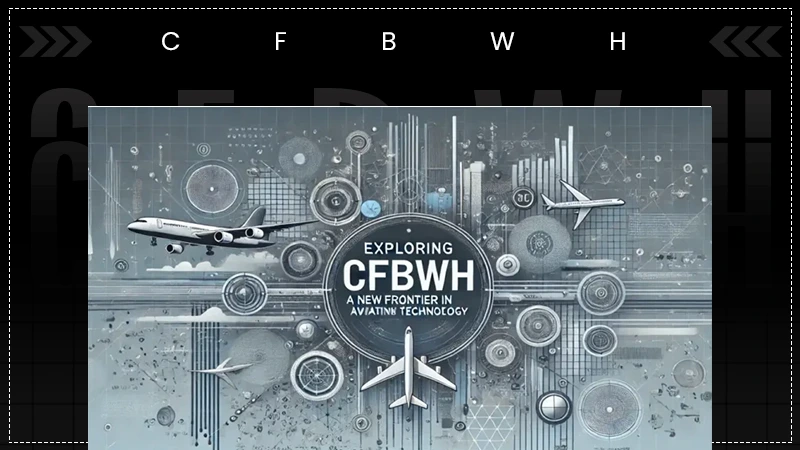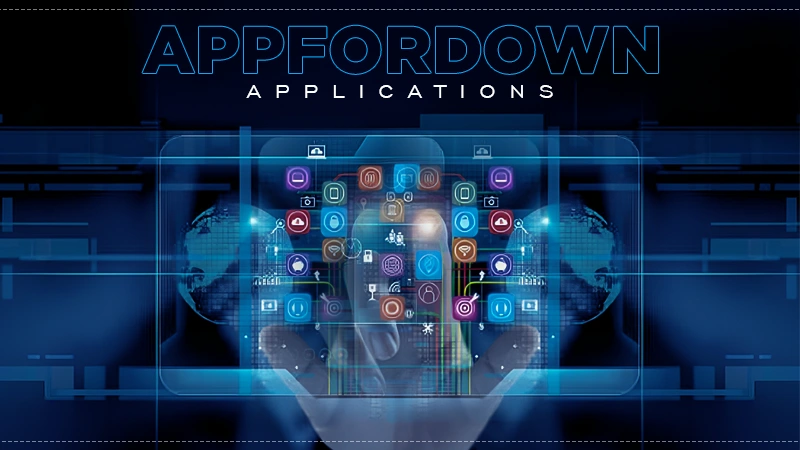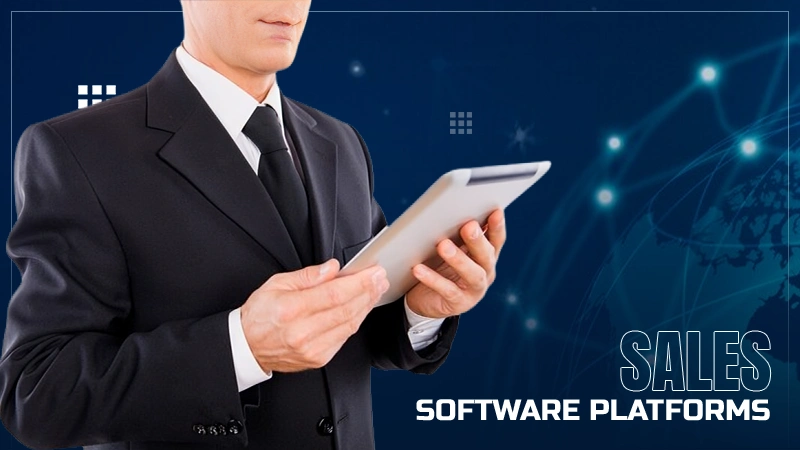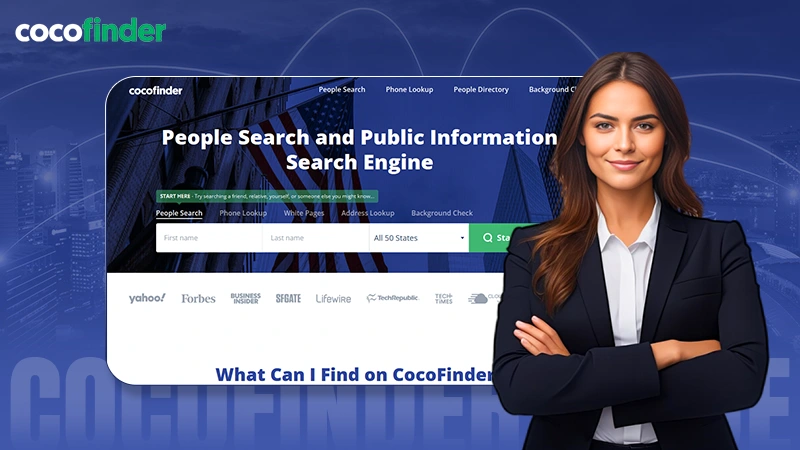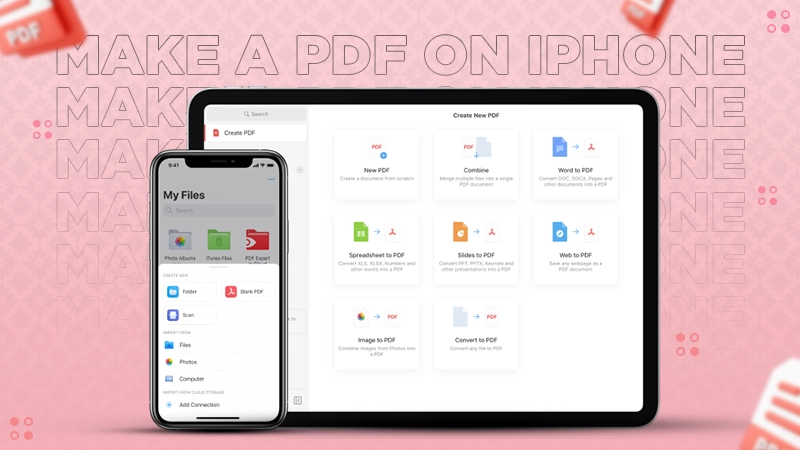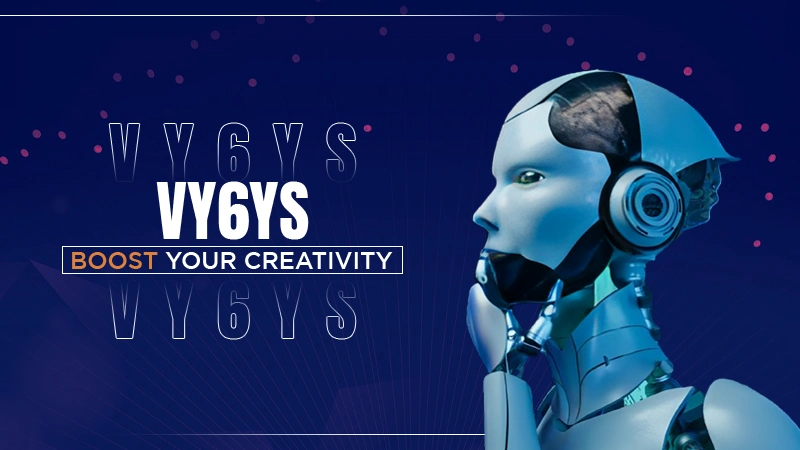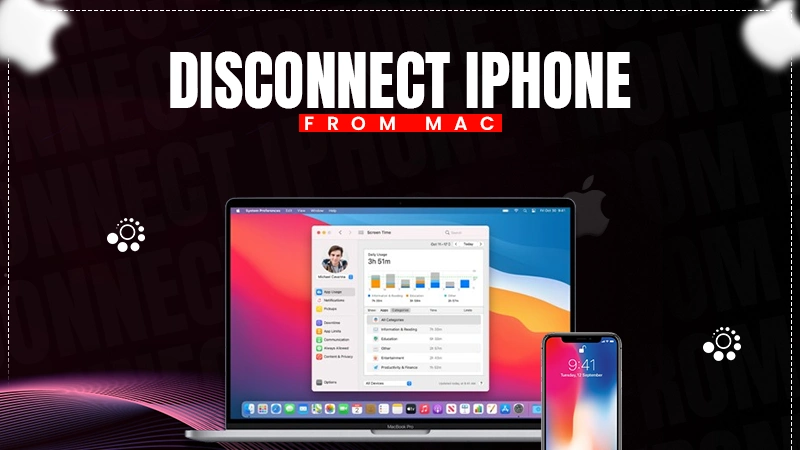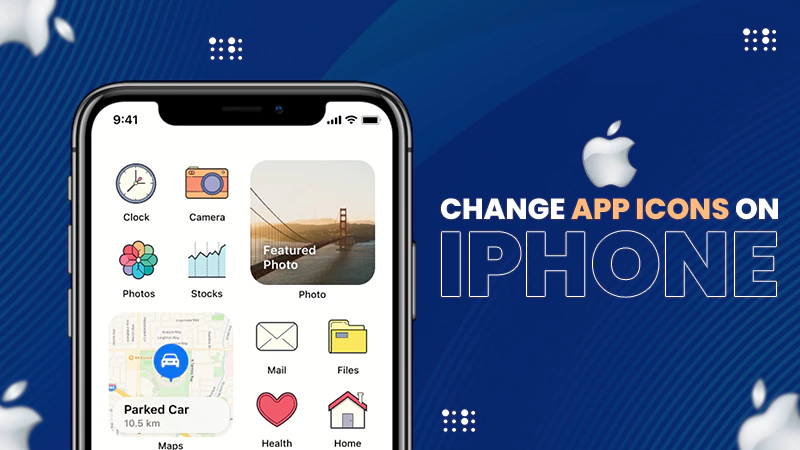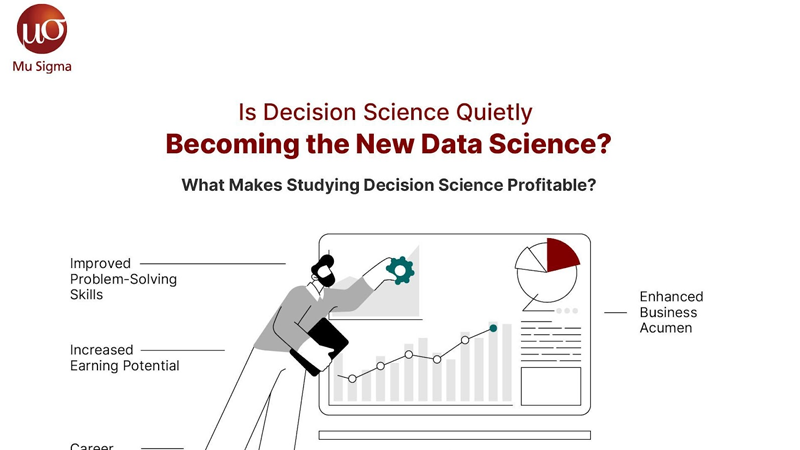SaaS: Exploring Profitable Application Ideas for 2024

The SaaS (Software as a service) revolution is poised to accelerate into 2024, ripe with the possibility for visionary founders to reshape entire industries through software.
As Gartner predicts, over 95% of new digital workloads will be deployed on cloud-native platforms by 2025, indicating the sheer dominance of the SaaS model over traditional software going forward.
However, simply launching a SaaS will no longer cut it – entrepreneurs must identify pressing market needs, craft thoughtful solutions with delightful user experiences, and embed network effects to catalyze exponential growth.
The stage is set for 2024 for a new breed of SaaS businesses to rapidly scale towards billion-dollar valuations. We already witness this in disruptive outliers like Hopin and Shift, as they capitalize on digital events and car subscriptions, respectively.
Yet countless lucrative Software as a Service niche remain untapped, from streamlining quantified health tracking to enabling decentralized creator monetization. The time is now to spot promising gaps in the market, leverage modern development practices like low-code no-code platforms to launch fast, and embed sticky subscription models for recurring revenue streams.
For aspiring founders, 2024 offers a launching pad to build history-making SaaS unicorns.
This article will serve as your guide to identifying the most compelling opportunities today and executing strategies to dominate the more profitable niches of tomorrow.

Let us explore the unlimited potential of SaaS together.
Reasons Why Developing SaaS is a Good Idea for a Start-Up
The software as a service model offers an appealing value proposition for start-up founders looking to rapidly scale and disrupt markets.
The innate scalability and flexibility designed into SaaS ideas 2024 facilitate exponential growth unbounded by physical limitations.
Think about companies like Dropbox, which completely transformed cloud storage and collaboration, or Canva, which made graphic design accessible to anyone.
Both start-ups strategically leveraged the Software as a Service delivery model to capture and monetize huge, untapped demand through subscriptions.
SaaS minimizes upfront infrastructure costs, enabling swift product delivery.
Continuous feature deployment, exemplified by Calendly, enhances the user experience.
Subscription-based pricing ensures recurring revenue, as seen in Hopin’s success during the remote work surge.
The $113B+ TAM tailwind from pandemic-driven digitalization creates a lasting demand for flexible cloud solutions.
This presents an ideal opportunity for first-time founders to build category-leading SaaS solutions.
DID YOU KNOW?
The SaaS industry has increased in size by around 500% over the past seven years.
SaaS Product Ideas to Boom in 2024
Let’s take a look at specific ideas that you can note down or use as an example to better understand how it works in more detail.
CRM Platform
As customer expectations evolve in our overly connected digital world, customer relationship management software must harness predictive analytics and personalization to new heights.
Imagine a system where artificial intelligence scans external big data signals across social media listening, web activity, and more to identify consumer behavioral shifts as they start permeating across wider audiences.
It automatically surfaces these emerging trends to sales teams so they can have uniquely relevant conversations and close deals faster.
Dynamic persona grouping powered by machine learning also segments customers based on common signals to enable tailored outreach campaigns.
This futuristic CRM platform ties predictive power, automation, and customization together to unlock unparalleled revenue growth.
NFT Marketplace
The possibilities span far beyond just transacting non-fungible tokens or NFTs.
An opportunity exists to create a hub for artists, collectors, enthusiasts, and casual fans to immerse themselves in Web3 culture.
The marketplace not only facilitates purchases with ease but also provides spaces to showcase collections with bleeding-edge AR/VR (alternative and virtual reality) technology while fostering community engagement between creators and owners.
Virtual Assistant
A major pain point with assistants today is how limited they remain despite advanced NLP (Natural language processing).
There lies the untapped potential to elevate them beyond mundane logistical tasks into true personal aides.
An opportunity exists to create a virtual assistant that offers business insights by intelligently synthesizing meetings, reports, and communications.
It tracks KPIs (key performance indicators), surfaces personalized recommendations, and keeps you on top of work.
On the lifestyle side, the assistant curates content like short podcast clips to play during daily commutes based on your interests.
Geo-tracking informs it about frequent shops and restaurants to proactively provide discounts or alerts when nearby.
Pushing assistants in this direction brings tremendous value.
Health Check Software
As wearables and biosensors unlock unprecedented health data access in consumers’ daily lives, software must evolve to structure and activate this flood of information.
Beyond simply displaying blood pressure, heart rate, or glucose levels, there is a great opportunity for analytics-based personalization to improve lives.
Think about using a health check software that scans biomarkers to provide AI-driven lifestyle or supplement recommendations that prevent conditions before they arise or manage chronic illnesses optimally.
By establishing baseline profiles and evaluating changes against personalized ideals, the software serves as a powerful optimization tool for individual well-being.
Payment Gateway
Despite exponential FinTech innovation, accepting payments online remains complex with subpar user experiences.
Companies must cobble together an array of merchant accounts, gateways, fraud management tools, and more to enable transactions.
Developers face headaches reconciling different platforms and APIs.
Consumers grapple with remembering wallet details across services.
The opportunity is clear for a unified payment gateway that centralizes connections to every major payment method in one SDK (software development kit), with built-in support for cryptocurrency transactions too.
It must focus equally on providing a secure, compliant, and delightful paying experience on par with services like
Stripe while reducing back-end complexities through turnkey commerce infrastructure.
Decentralized Creator Platform
As individual content creators compete against large media conglomerates, the need for decentralized platforms that help the former monetize and engage audiences continues to rise.
There is room to disrupt existing creator economy infrastructure with Web3 innovation.
Consider a platform that allows influencers and artists to launch their own subscription NFT media channels and tokens.
Fans can invest in these creator coins and access exclusive content or products only available to token holders.
The platform facilitates these micro-economies while handling all Web3 complexity behind the scenes so creators can focus on what they do best.
EV Fleet Management
Electric vehicles are hitting roads en masse, yet most large corporate fleets still rely on legacy solutions ill-equipped to manage EVs.
Key gaps exist around real-time range monitoring tied to usage, dynamic smart charging to reduce peaks, integration with renewable energy sources, and more.
Fleet management software must bridge this divide through IoT connectivity that provides total visibility into electrified fleets while optimizing complex variables to unlock optimal EV adoption at scale.
The opportunity lies in enabling the full transition for enterprises.
VR Collaboration Platform
As concepts like the metaverse, digital twins, and simulated training environments gain steam, businesses need new ways to effectively collaborate in virtual settings.
Traditional video calling falls short of creating engaging team experiences.
An opportunity exists to craft business-first VR spaces that make remote collaboration immersive yet productive with features like visualized data overlays, 3D model interfacing, and gamified workshops.
The platform would help distributed teams better align through lifelike interactions from anywhere. The market remains wide open for early movers to define enterprise VR collaboration.
Costs Associated with Developing a SaaS Application

Launching a successful Software as a Service requires significant upfront investment and ongoing costs across these key areas:
Research and Validation
- Competitive analysis: $5,000 – $10,000 to thoroughly analyze competitors and find product-market fit gaps.
- Customer discovery interviews: $2,500 – $5,000 to interview at least 50 target customers and refine UVP.
- Prototyping: $8,000 – $12,000 to create clickable prototypes for user testing.
- Usability testing: $3,000 to run moderated tests with 20 target users.
Initial Development
- Technical specification documentation: $8,000 – $16,000 to detail requirements for guiding development.
- Cloud infrastructure setup: $1,000 – $5,000 for database, storage, servers, CDN, etc.
- Front-end development: $25,000+ for UX/UI design and responsive web build.
- Back-end development: $45,000+ coding business logic, integrations, APIs, etc.
Marketing
- Consultancy fees: $10,000 to strategize positioning, messaging, and funnels.
- Branding and content: $15,000 for logo, graphic design, website copy, and blogs.
- Paid ads: $5,000 per month for Facebook/Google ads, and LinkedIn sponsorships.
- Email marketing costs: $100 per month for tools, and $500 per campaign.
Post-Launch
- Customer support: $36,000+ per support rep on an annual basis
- Product management: $90,000+ per PM annually to guide roadmap, and features.
- Security and compliance: $15,000+ invested to meet industry standards, certifications, and regular auditing.
To fund the endeavor before generating revenue, most founders turn to venture capital.
However, bootstrapping is also viable for lower-budget products.
Make sure that the costs align with realistic monetization potential over the long term.
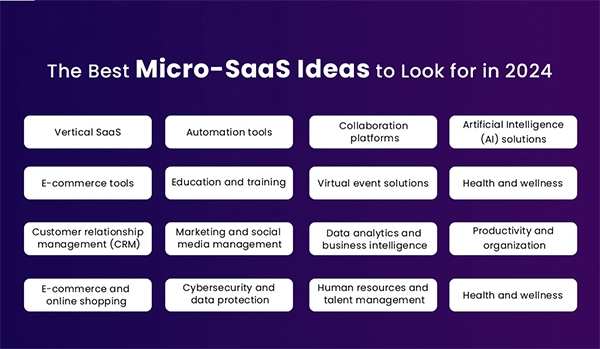
Conclusion
The stage is set for 2024 for ambitious founders to build the Software as a Service giants of tomorrow and revolutionize industries in the process.
The unparalleled scalability, flexibility, and recurring revenues inherent to the SaaS business model provide an ideal framework for rapid growth.
Software spend continues its inexorable rise as companies accelerate digital transformation and consumers flock to innovative online services.
However, the window of opportunity will not remain open indefinitely as markets consolidate over the next decade.
The time for aspiring entrepreneurs to actualize their visions is now by developing uniquely thoughtful SaaS solutions that weave in exponential technologies like AI and blockchain.
From transforming legacy domains of partnerships and commerce to unlocking new possibilities across transportation, space travel, and more – promising niches abound in 2024.
The inbound no-code revolution also equips non-technical founders to competently compete.
Software as a Service ensures products evolve perpetually to meet demands in our rapidly changing world.
Also Read: Integrating SaaS Security Posture Management with IAM
